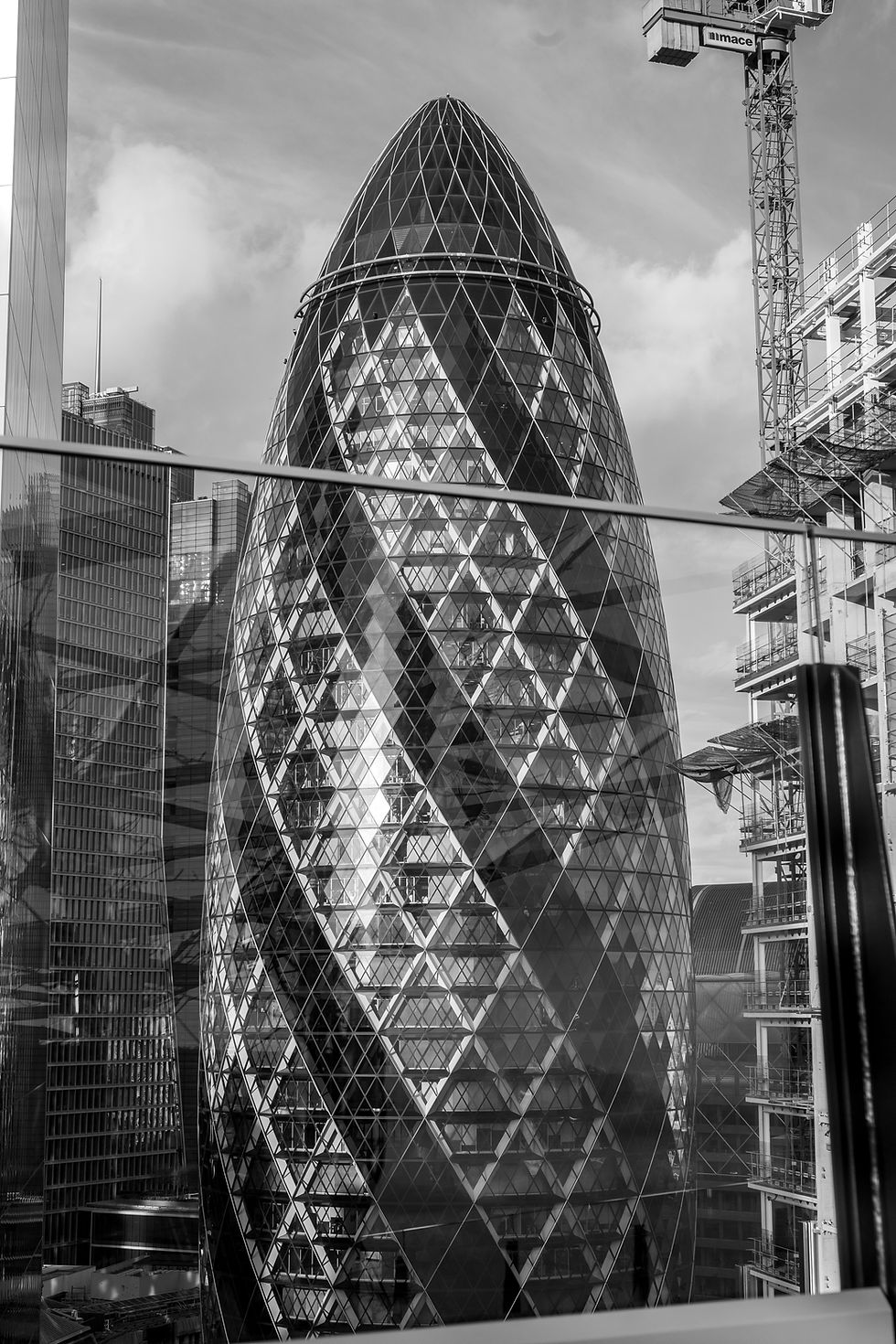Mies van der Rohe: The Master of Modern Minimalism
- Alex Axelrod
- Sep 9
- 3 min read
Updated: Sep 15
Ludwig Mies van der Rohe (1886–1969) is one of the most influential architects of the 20th century. Known for his philosophy of “less is more,” Mies shaped the language of modern architecture through simplicity, clarity, and an uncompromising dedication to materials. His work remains a cornerstone for architects and designers worldwide—including at Cadaxx, where we often find inspiration in his timeless approach.
Early Vision and European Beginnings
Born in Germany, Mies began his career designing ornate homes but quickly moved toward stripped-down forms that emphasized structure over decoration. His early work with the Bauhaus school aligned him with pioneers who believed that architecture should serve both function and aesthetics without unnecessary ornamentation.

One of his defining projects, the Barcelona Pavilion (1929), showcased marble, onyx, steel, and glass in their purest forms. Instead of decoration, the pavilion relied on proportion, light, and material richness to achieve elegance—a principle that continues to influence residential design today.
The International Style
After emigrating to the United States in the 1930s, Mies became a leader of the International Style, a global movement emphasizing rational structure and open space. His designs rejected excess and instead highlighted clean lines, functional layouts, and advanced use of steel and glass.
Buildings such as the Seagram Building in New York (1958) set the standard for modern skyscrapers. Its minimalist bronze-and-glass façade became a symbol of corporate modernism, influencing city skylines across the world.
Residential Design: Transparency and Flow
While Mies is best known for large-scale projects, his residential work profoundly shaped modern home design. The Farnsworth House (1951) in Illinois exemplifies his ideas: an elegant glass box elevated above the landscape, blurring boundaries between indoors and outdoors.
This approach resonates strongly today. Open-concept living, seamless indoor-outdoor connections, and the honest expression of materials are principles homeowners continue to seek—and values Cadaxx brings to our Toronto projects.

The Philosophy of “Less is More”
Mies’s philosophy was never about emptiness—it was about refinement. By reducing a design to its essentials, he revealed the inherent beauty of structure and material. Steel beams, glass panels, and stone walls were not hidden; they became celebrated elements of design.
This thinking influences how we approach modern homes: by focusing on proportion, flow, and detail rather than ornamentation, we achieve spaces that feel timeless, functional, and sophisticated.
Lasting Influence on Contemporary Design
Mies’s legacy continues to shape architecture globally:
Minimalism: His emphasis on simplicity paved the way for contemporary minimalist design.
Open Plans: His fluid layouts revolutionized how we think about interior space.
Material Honesty: He demonstrated that structure itself can be beautiful, eliminating the need for unnecessary decoration.
Integration with Nature: Projects like Farnsworth House remind us that architecture should engage with its surroundings, not overpower them.
These principles are as relevant in Toronto today as they were in mid-century Europe and America.

Lessons for Toronto Homes
Toronto homeowners often seek designs that are both modern and enduring. Mies’s philosophy offers guidance: focus on proportion, prioritize light, embrace materials honestly, and simplify.
At Cadaxx Design, we take inspiration from masters like Mies van der Rohe as we create homes, additions, and laneway houses that reflect today’s needs while remaining timeless. His belief that “less is more” aligns with our approach: thoughtful design creates homes that are functional, beautiful, and lasting.
Final Thought
Mies van der Rohe transformed architecture by showing the power of simplicity. His buildings continue to inspire architects around the world and remind us that great design is not about adding more, but about carefully choosing what matters most.
For Cadaxx, his philosophy is a reminder to approach each project with clarity, respect for materials, and a commitment to timeless design—values that define the future of Toronto’s architecture.








Comments